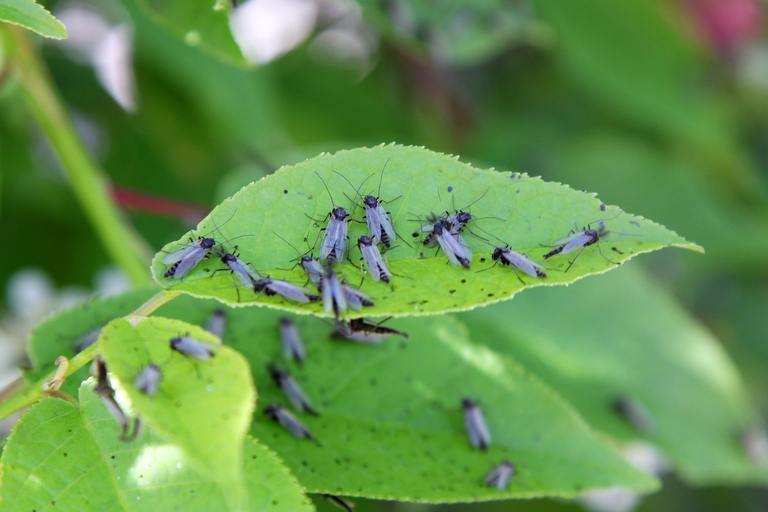How to Get Rid of Gnats in House
Published: November 22, 2024

Gnats can be more than just a minor annoyance; they can quickly become a significant problem if not addressed promptly. These tiny, flying insects are often found swarming around fruits, plants, and even drains. Understanding their behavior, proliferation, and the factors contributing to their presence in your home is essential for effective control.
Understanding Gnat Behavior
Gnats are small, winged insects that belong to several different families. They are commonly attracted to moisture and organic material, which makes homes with plenty of these elements particularly inviting. There are various types of gnats, including fruit flies, fungus gnats, and drain flies. Each type has specific behaviors:
- Fruit Flies: Often found around overripe or rotting fruits and vegetables.
- Fungus Gnats: Usually seen near houseplants with moist soil.
- Drain Flies: Commonly located around sinks, drains, and garbage disposals.
Why Gnats Are Attracted to Homes
Gnats are primarily drawn to environments that provide them with food sources and breeding grounds. Some common attractants include:
- Moisture: Overwatered plants or standing water in sinks.
- Organic Matter: Rotting fruits or vegetables left out on countertops.
- Poor Sanitation: Accumulated grime in drains or trash bins.
Proliferation of Gnats
The life cycle of gnats is relatively short but efficient. Female gnats lay hundreds of eggs at a time on moist surfaces rich in organic material. The eggs hatch into larvae within a few days, feeding on decaying matter before pupating and emerging as adults.
Factors Contributing to Gnat Infestations
Several factors can contribute to the proliferation of gnats in your home:
- Overwatering Plants: Fungus gnats thrive in the damp soil of overwatered houseplants.
- Improper Food Storage: Leaving fruits and vegetables exposed can attract fruit flies.
- Clogged Drains: Organic buildup inside drains provides an ideal breeding ground for drain flies.
- Standing Water: Any stagnant water source can serve as a breeding site for gnats.

Effective Strategies for Getting Rid of Gnats
Addressing a gnat infestation involves both immediate actions and long-term preventive measures:
Immediate Actions
- Identify the Source:
- Inspect your home thoroughly to locate potential breeding sites such as potted plants, fruit bowls, or clogged drains.
- Eliminate Breeding Grounds:
- Dispose of overripe fruits and vegetables.
- Allow plant soil to dry out between watering sessions.
- Clean drains using a mixture of baking soda and vinegar followed by hot water.
- Use Traps:
- Set up vinegar traps by filling small containers with apple cider vinegar mixed with a few drops of dish soap.
- Place sticky traps near infested areas like windowsills or plant pots.
Long-Term Preventive Measures
- Maintain Proper Hygiene:
- Regularly clean kitchen counters and dispose of garbage promptly.
- Ensure that food is stored properly in sealed containers.
- Improve Drain Maintenance:
- Periodically clean drains using enzymatic cleaners designed to break down organic buildup.
- Manage Plant Care:
- Avoid overwatering houseplants by checking soil moisture levels before watering.
- Use well-draining soil mixes to prevent excess moisture retention.
Conclusion
While DIY methods can be effective for managing minor gnat infestations, severe cases may require professional intervention. Professional pest control services offer comprehensive solutions tailored to your specific situation, ensuring thorough elimination and prevention strategies that keep your home gnat-free in the long run.
By understanding gnat behavior and taking proactive measures against their proliferation, you can maintain a healthier living environment free from these pesky invaders. If you find yourself overwhelmed by an infestation despite your best efforts, don't hesitate to seek expert assistance from reputable pest control professionals who specialize in dealing with such issues efficiently and effectively.